There’s a lot more to sugar cane than sweet treats! In Hawaii, sugar was the state’s strongest economic activity for nearly a century. However, as the Alexander & Baldwin Sugar Museum shows, it was far from being a “sweet” job or industry in those years.
What’s in the Alexander & Baldwin Sugar Museum?
The Alexander & Baldwin Sugar Museum is located in the former residence of the superintendent of Puʻunene Sugar Mill. Outside, on the museum grounds, you’ll also see various pieces of machinery used to harvest the sugar cane.
There are numerous artifacts inside, all accompanied with full details on what they are. Many of them deal with the lives of workers and the back-breaking job of planting and harvesting.
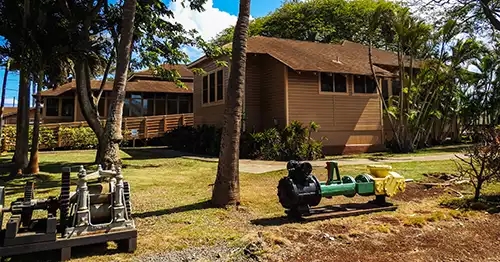
Some of the artifacts you’ll see in the museum include:
- Personal strongbox of S.T. Alexander
- 1891 coin dispenser
- Copper rain guage
- H.P. Baldwin’s roll-top desk
- Household artifacts like wooden bowls, a soy sauce jug, coconut grater
- Transit for surveying and setting boundaries
Plantation Life
Where did sugar cane originate?
The Hawaiian sugar industry started in 1835, with the establishment of a plantation on Kaui. Sugar cane itself is believed to have originated in New Guinea more than 10,000 years ago. It’s believed to have been brought to Hawaii by Polynesian settlers more than 1000 years ago.
Polynesians grew cane around taro patches and used the sweet stalks of sugar cane to chew on, as well as add to their herbal remedies.
Life on a sugar cane plantation was far from easy, as you’ll learn going through the museum displays. First of all, the water had to be brought from rainy East Maui to the dry central plain. Many of the ditches had to be tunneled through rock, to complicate things even more.
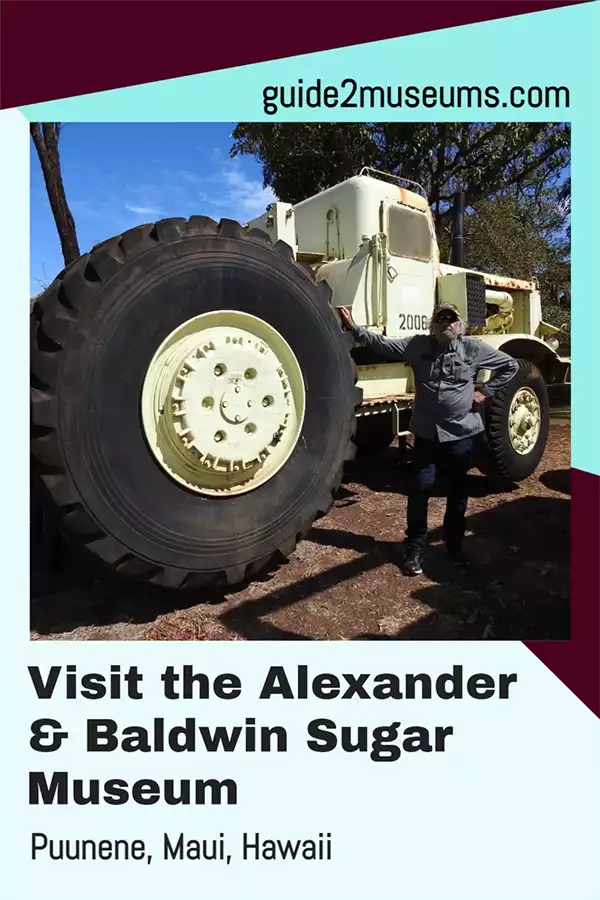
Plantations were typically distant from each other, so each one had its own community.
Within the communities, owners tried to keep the ethnic groups separated. This, management believed, would keep workers from grouping together to make demands.
The development of strong ethnic communities, however, made it easier for immigrants to find support in their new homes.
Plantation owners supported institutional religions as well, as they were deemed to be another source of continuity for the workers.
Linda’s Pick of the Exhibits
I found the sugar cane story fascinating, especially the working conditions in the fields.
Around 1900, each worker earned from $12.50 to $15.00 a month — that was 26, ten-hour days.
The key thing I learned was that sugarcane is burned before harvest in order to remove leaves and tops, leaving only the stalk.
I can’t even imagine how dreadful it would have been to work in the field after it was burned.
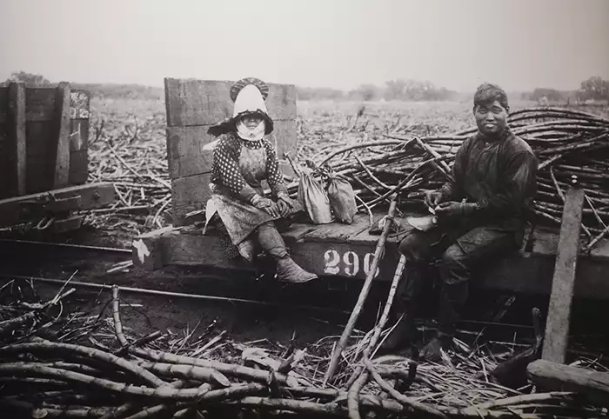
However, burning the cane to remove all the foliage (this leaves the stalks) was the only way to get it harvested and moved to the factory or mill. Men, women, and sometimes children, worked the fields. Before 1851, the mill used wooden rollers driven by animals or water, to crush juice from the cane stalks.
What were the hardest jobs on a sugar cane plantation?
The hardest jobs were cane-cutting and hapi-ko, lifting and carrying the cane.
However, no jobs were easy. Hawaii is hot, and field work was dusty. The museum has a display of a Japanese woman’s hand-made field work outfit. It starts with a tightly wrapped head scarf (kept a lot of dust out of the face). Hands were covered with hand covers to protect the back of the hand against the sharp sugar can leaves. Closely-fitted leggings kept out dust as well as centipedes.
Each worker carried a plantation-supplied canvas bag. Water from the bag had to be filtered through a recycled Bull Durham cigarette bag into a recycled evaporated milk can that served as a cup.
In 1851, the East Maui Plantation started using a centrifugal machine to separate the raw sugar from the molasses faster. Technology progressed through steam-powered mills, to vacuum pans, to Corliss steam machines.
Linda’s Road Trip Tips
David and I visited Hawaii on a NCL cruise ship, stopping at a number of different islands.
Of all of them, Kaui had the least facilities at the port. We had to walk about half a kilometer in order to get to a point where we were allowed to call a rideshare. There weren’t any taxis available and the hop-on hop-off bus we’d plan to take wasn’t running for the day.
On the return from the museum, the rideshare was allowed to get a little closer, which was good as the weather was very hot.
If you’re arriving by cruise ship, Kaui is a good place to ensure you book a ship tour.
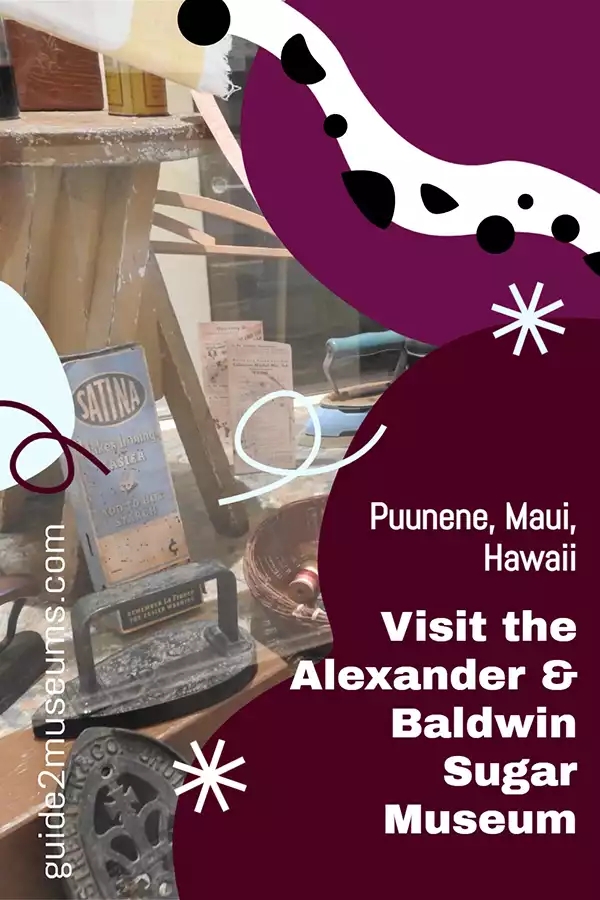
Who Should Visit the Alexander & Baldwin Sugar Museum?
The museum is fascinating for anyone interested in agriculture and the economic background of a destination.
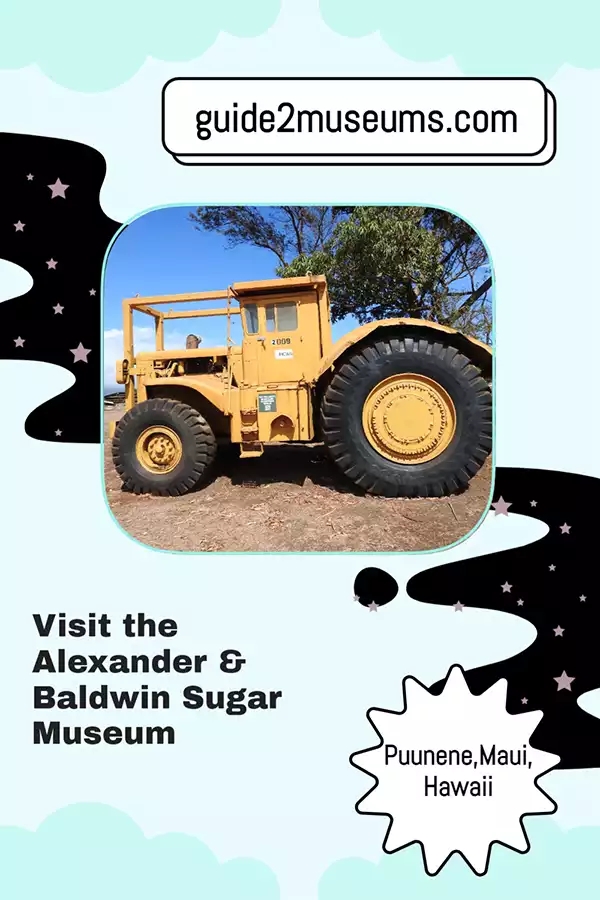
Of course, sugar cane production covers both of those topics.
During our visit, there was a school group on site, but the kids were extremely well behaved. They had a picnic lunch on tables provided on the grounds.
The museum collection is small, but the information cards are well done so there’s a lot to be learned.
However, younger children will likely find the outdoor machines the most interesting exhibits.
How Do You Visit the Alexander & Baldwin Sugar Museum?
Visit the museum on the island of Maui at 3957 Hansen Road, Puunene, HI.
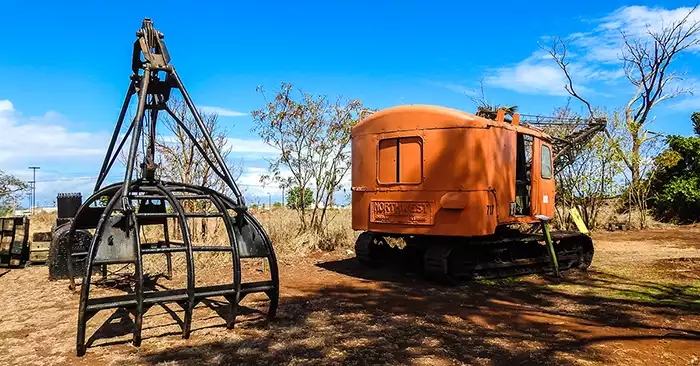
Find out the hours and days open at the Sugar Museum website.
Keep updated on events with the Alexander & Baldwin Sugar Museum Facebook page.
Take a virtual tour of museum on YouTube.
Plan your visit with Google Maps.
Discover More Technology Museums
- See the Surprising Museum of Clean in Idaho
 The Museum of Clean is a must-see attraction when you’re traveling through Idaho on I-15! From the history of vacuums through to all kinds of cleaning tools and accessories, it’s a fascinating stop.
The Museum of Clean is a must-see attraction when you’re traveling through Idaho on I-15! From the history of vacuums through to all kinds of cleaning tools and accessories, it’s a fascinating stop. - Hawaii Museum: Grueling Story of Growing Sugar Cane
 There’s more to an historic sugar cane plantation than meets the eye! This museum curates the gruelling job of growing sugar cane – Hawaii’s biggest contributor to the economy for a century.
There’s more to an historic sugar cane plantation than meets the eye! This museum curates the gruelling job of growing sugar cane – Hawaii’s biggest contributor to the economy for a century. - Rare Historic Farm Machines Museum in Manitoba
 The Manitoba Agricultural Museum is on the Trans-Canada Hwy. It has over 500 pieces of vintage farm machinery and an open air museum.
The Manitoba Agricultural Museum is on the Trans-Canada Hwy. It has over 500 pieces of vintage farm machinery and an open air museum.







